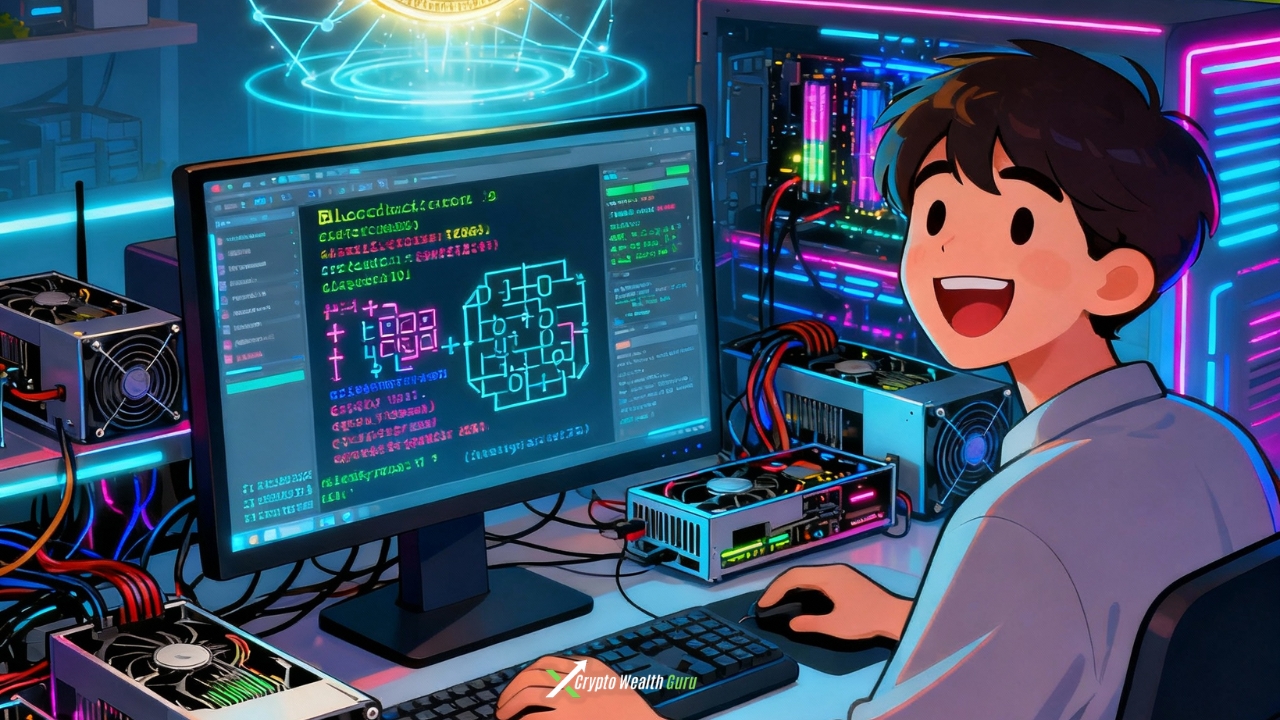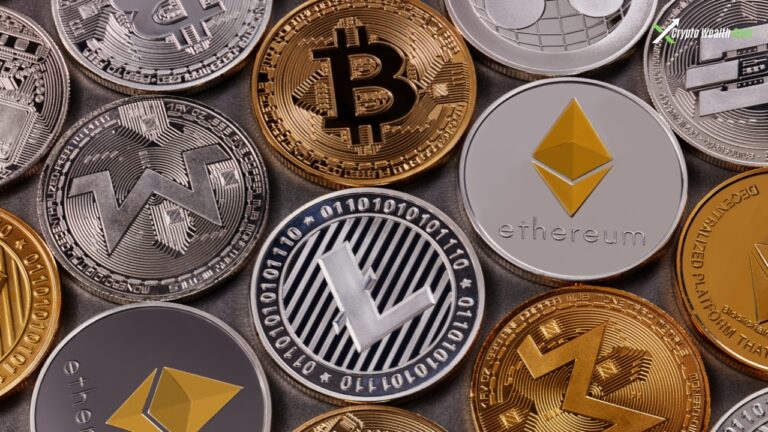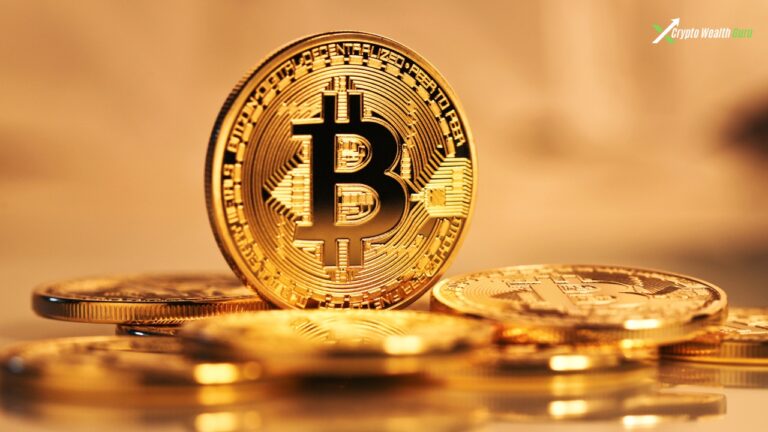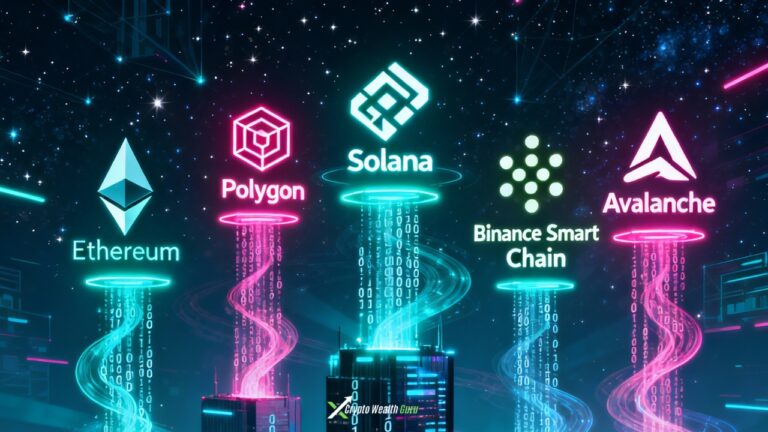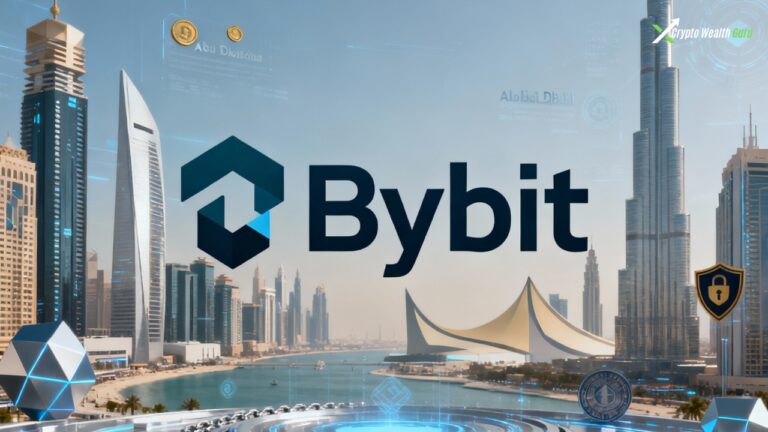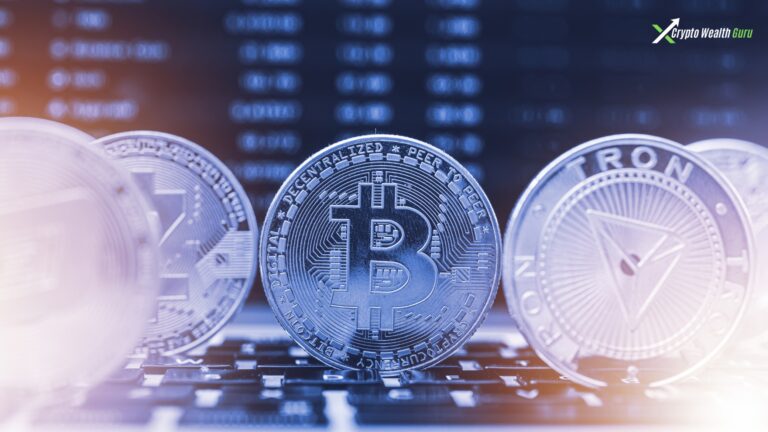How Crypto Mining Works: A Beginner’s Guide to Mining
So, you’ve probably heard about crypto mining, right? It’s that thing where computers make money by solving complex puzzles or something like that. But, have you ever really wondered how it all works behind the scenes? Well, you’re in luck, because today we’re diving deep into the fascinating world of crypto mining—but don’t worry, we’re keeping it fun and easy to understand, no tech jargon here!
What Is Crypto Mining Anyway?
First things first, let’s break it down into simple terms. Crypto mining is the process of validating transactions on a blockchain network (like Bitcoin or Ethereum). You can think of it as digital treasure hunting, except instead of looking for gold, miners are looking for mathematical solutions that prove transactions are legit.
In the world of cryptocurrencies, transactions need to be confirmed and added to a public ledger, called a blockchain. This is where mining comes into play—miners use powerful computers to solve complex mathematical puzzles that allow them to confirm and add these transactions.
Once a miner solves the puzzle, they’re rewarded with cryptocurrency. It’s a win-win—secure transactions for the network and free crypto for the miner. Easy, right? Sort of, but there’s a little more to it.
How Does Crypto Mining Work?
Okay, let’s get into the nuts and bolts of how crypto mining actually works. Don’t worry, we’ll keep it simple and avoid too much technical mumbo jumbo.
The Role of the Blockchain
When a person sends a cryptocurrency, like Bitcoin, the transaction is broadcast to the network. Miners are then tasked with verifying this transaction. They do so by validating a set of transactions and grouping them into a “block.” These blocks are linked together in chronological order to form a blockchain—hence, the name!
Proof of Work: The Puzzle Solvers
So, miners need to prove that the transactions they’re validating are legit. This is where proof of work (PoW) comes in. PoW is the system that requires miners to solve a cryptographic puzzle. This puzzle involves finding a hash (a unique string of numbers and letters) that matches a specific condition. It’s like a digital treasure hunt, and the first miner to find the solution gets to add the block to the blockchain.
This puzzle-solving process requires significant computing power, which is why miners need specialized hardware (we’ll talk about that in a minute). When a miner solves the puzzle, they get to add the block to the chain, and voila! The transaction is verified.
Mining Reward: The Incentive
After solving the puzzle and adding the block, the miner is rewarded with cryptocurrency—usually Bitcoin. This is where the money comes in. The reward is essentially the miner’s payment for doing the hard work of securing the network. Over time, though, as more blocks are added, the reward decreases. But don’t worry, mining is still profitable… for now!
What Equipment Do You Need to Mine Crypto?
Now, here’s the thing: you can’t just use your laptop or your old PC for crypto mining. Sorry to break it to you, but unless you’re running some seriously high-end gear, your chances of mining anything worthwhile are slim to none. You’ll need some serious hardware.
ASIC vs. GPU Mining
- ASIC (Application-Specific Integrated Circuit): These are custom-built machines designed to mine specific cryptocurrencies, like Bitcoin. They are crazy powerful, but also expensive. Think of them as the Ferrari of mining hardware. Fast, but you better be ready to spend.
- GPU (Graphics Processing Unit): GPUs are the go-to for Ethereum mining and other altcoins. They’re powerful, a bit more affordable, and versatile. You can also use them for gaming (so not a total waste of money). If you’re serious about mining, you’ll want to grab several GPUs and set them up in a mining rig.
How Much Does Crypto Mining Cost?
Now, let’s talk money. Because mining isn’t just about buying equipment and hoping for the best. There are ongoing costs that you need to consider, mainly electricity.
The Energy Consumption of Mining
Here’s the thing: crypto mining uses a LOT of electricity. Some reports show that Bitcoin mining consumes as much energy as entire countries (which is, frankly, a little bit mind-blowing). The energy required to run those ASICs and GPUs can add up quickly. If you’re not careful, your mining operation could end up costing more than the crypto you’re earning.
But, if you live in a place where electricity is cheap (say, Iceland), you might have a good shot at making a profit. Just make sure you do the math first.
Mining Pools: Teamwork Makes the Dream Work
Okay, so solo mining might not be super practical for everyone, especially for beginners. But that’s where mining pools come in. A mining pool is basically a group of miners who combine their computing power to increase the chances of solving a puzzle. When the pool solves a puzzle, the reward is split among the participants based on how much computing power they contributed.
This is a great way to get started if you’re new to crypto mining since it reduces the variance in earning rewards. Instead of waiting for a long time to solve a block by yourself, you’ll get more consistent payouts by pooling resources with others.
Is Crypto Mining Profitable?
Ah, the golden question—is mining worth it? The answer, as always, depends. It depends on your equipment, energy costs, and the cryptocurrency you’re mining.
For example, Bitcoin mining can be incredibly profitable if you’re using high-end ASIC hardware and have access to cheap electricity. But for most people, mining altcoins like Ethereum or Litecoin is probably more accessible.
You also have to keep an eye on the market. Cryptocurrency prices are notoriously volatile, so if the value of the coin you’re mining drops, it could affect your profitability. One day you’re swimming in Bitcoin, and the next, you’re looking at a bunch of expensive equipment with nothing to show for it. It’s a gamble, but if you play your cards right, the rewards can be sweet.
Environmental Impact: Mining’s Dirty Secret
We can’t talk about crypto mining without mentioning its environmental impact. While the industry is booming, it’s also facing criticism due to the massive amounts of energy required for mining operations. The carbon footprint of crypto mining is no joke, and it’s something that’s become a hot topic in the media.
If you’re serious about mining, consider running your rig on renewable energy. Wind, solar, or hydroelectric power can help reduce the environmental impact, and it might even save you some money in the long run.
Conclusion: Should You Get Into Crypto Mining?
So, after all that, you might be thinking: “Is crypto mining something I should dive into?” If you have the right equipment, cheap electricity, and a willingness to learn, then yeah, it can be a fun and potentially profitable hobby.
Just remember to do your research and calculate your costs before jumping in. Crypto mining isn’t a get-rich-quick scheme, but with the right setup, it can be a rewarding challenge. And hey, even if you don’t make millions, it’s a great way to get involved in the exciting world of cryptocurrency.
P.S. Don’t forget to check your local electricity prices. That could be the real deal-breaker! 😉

